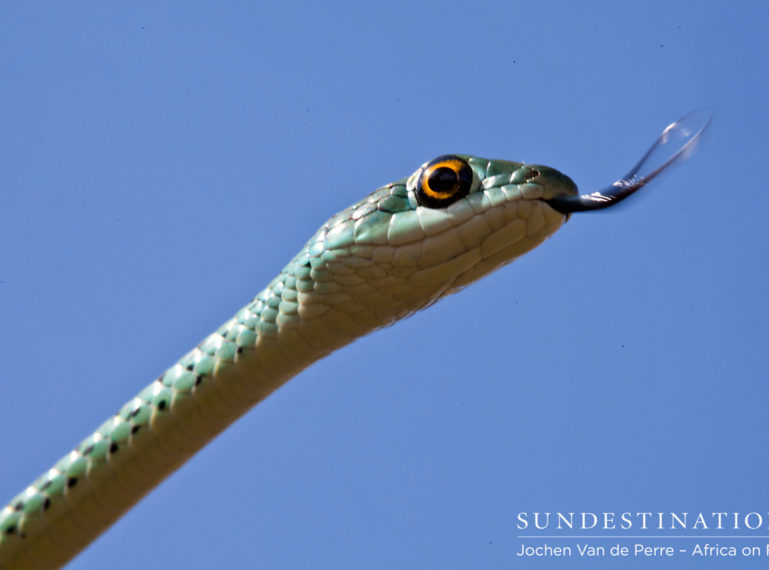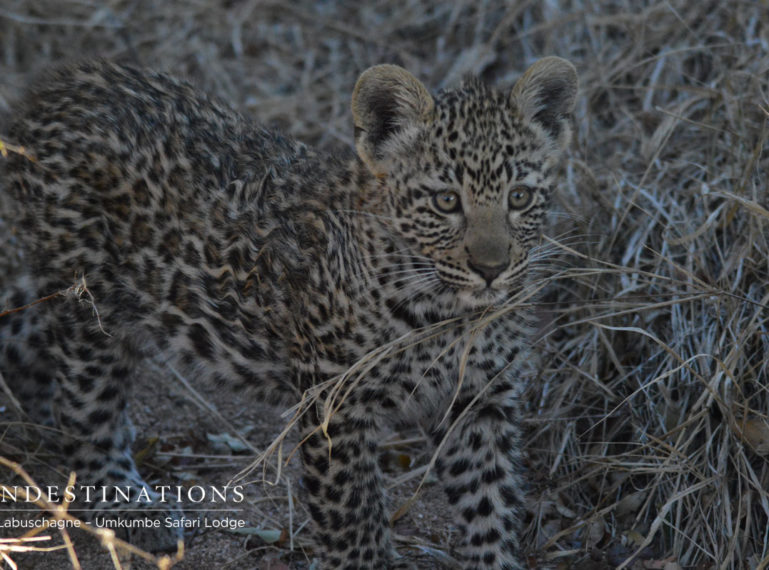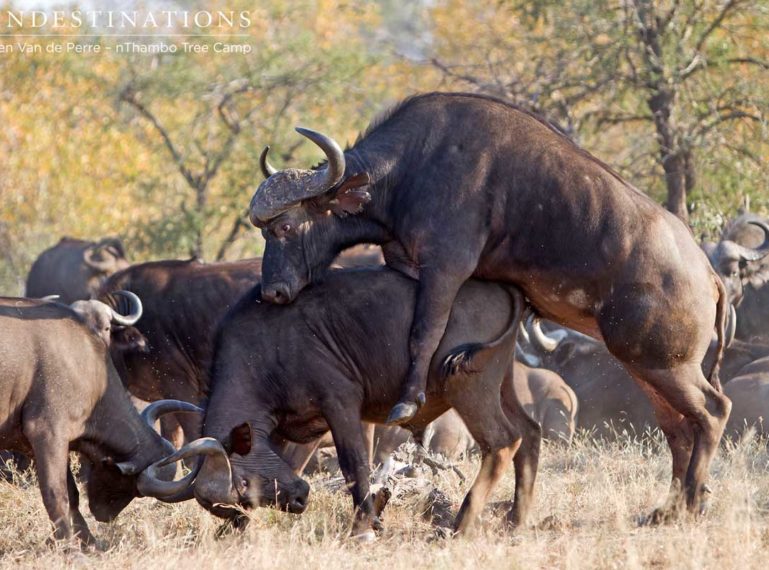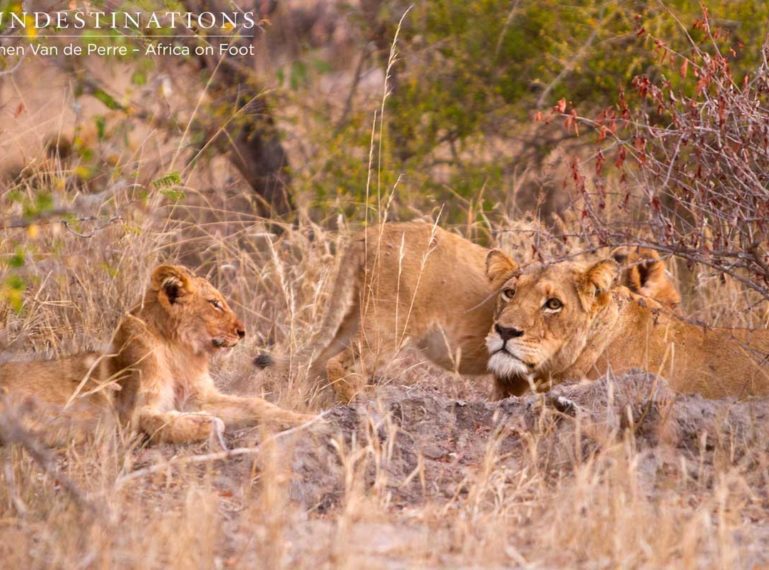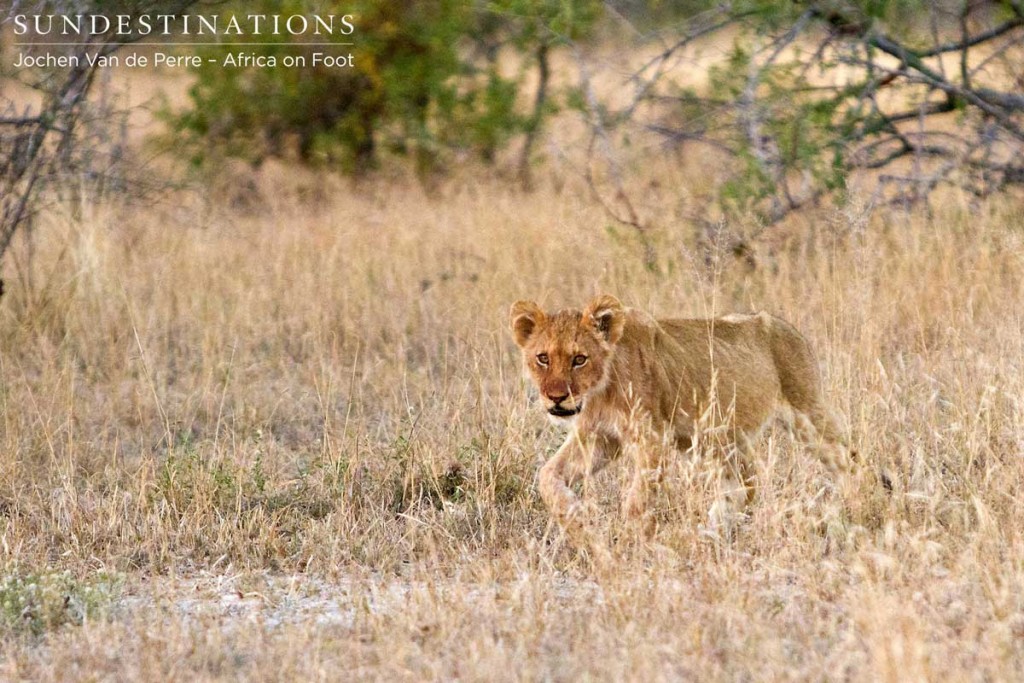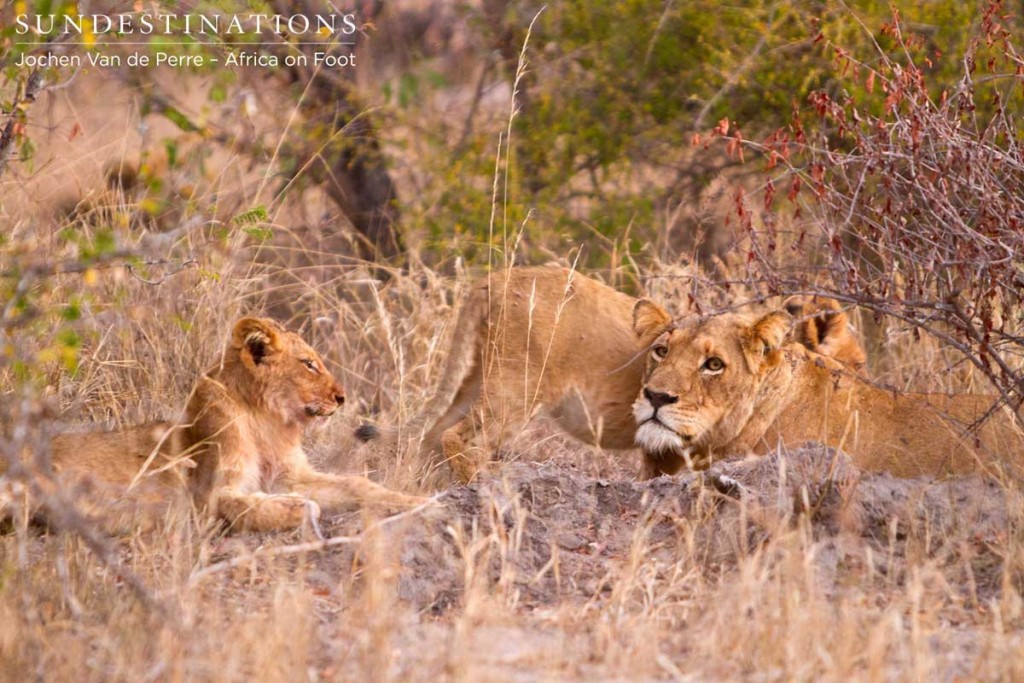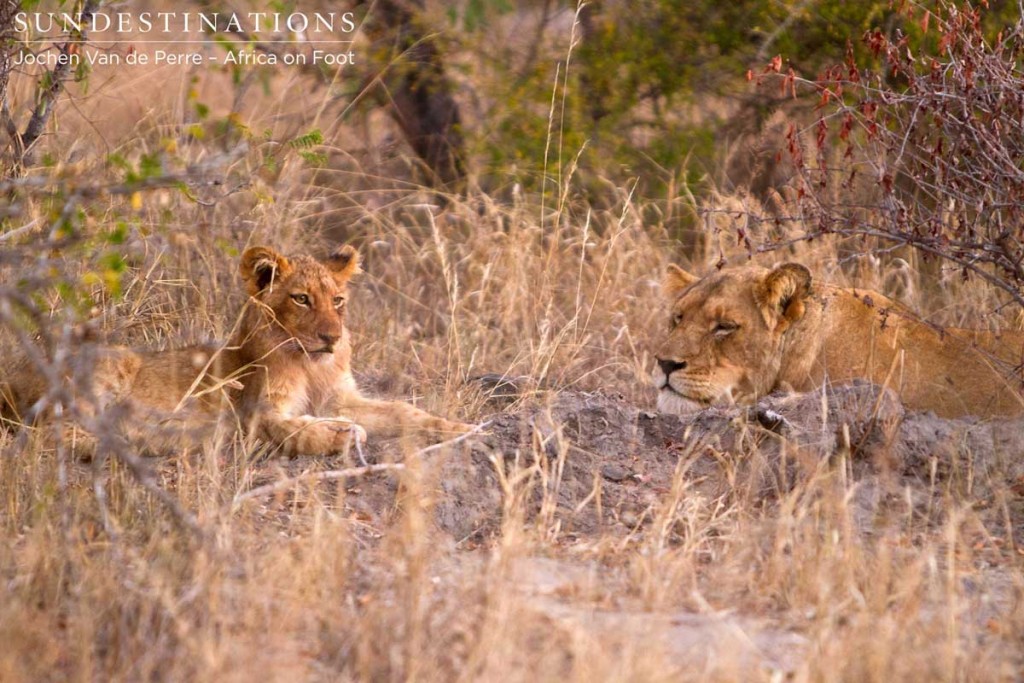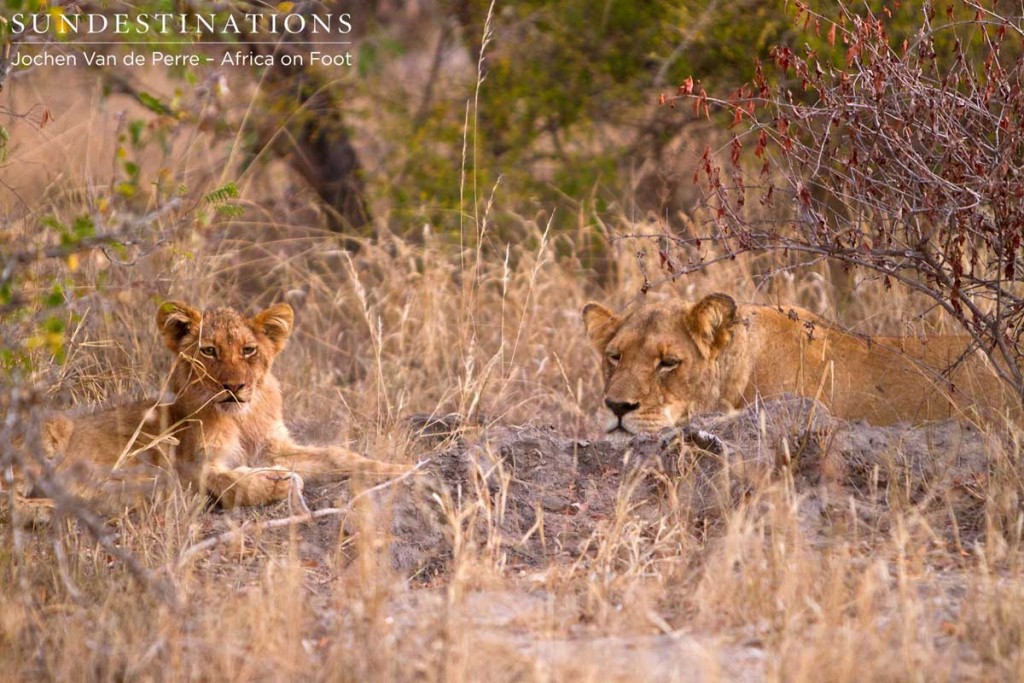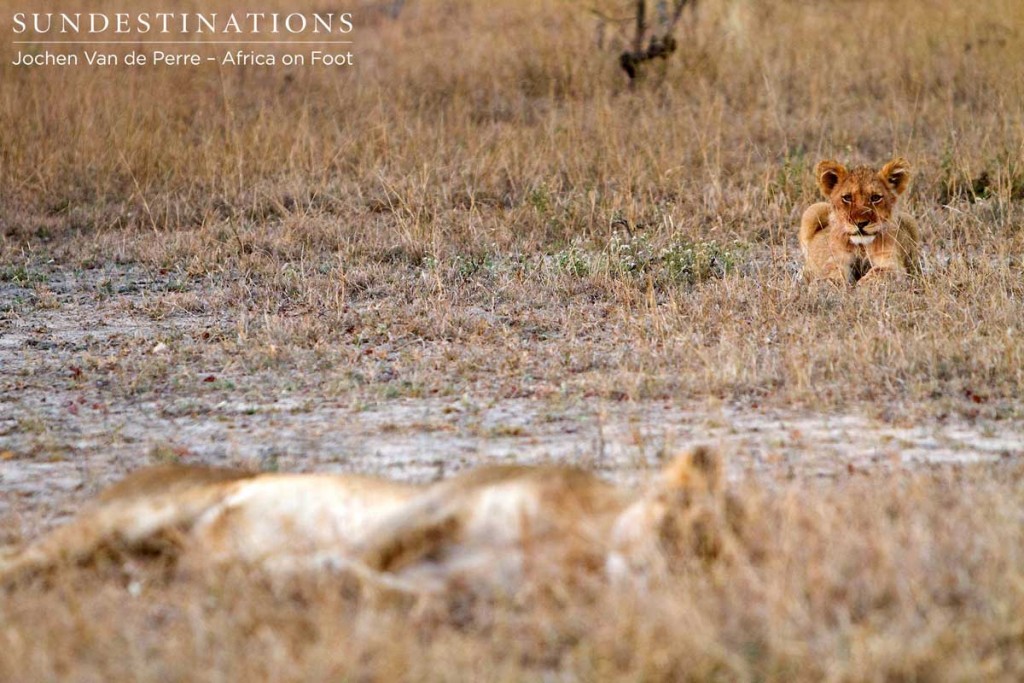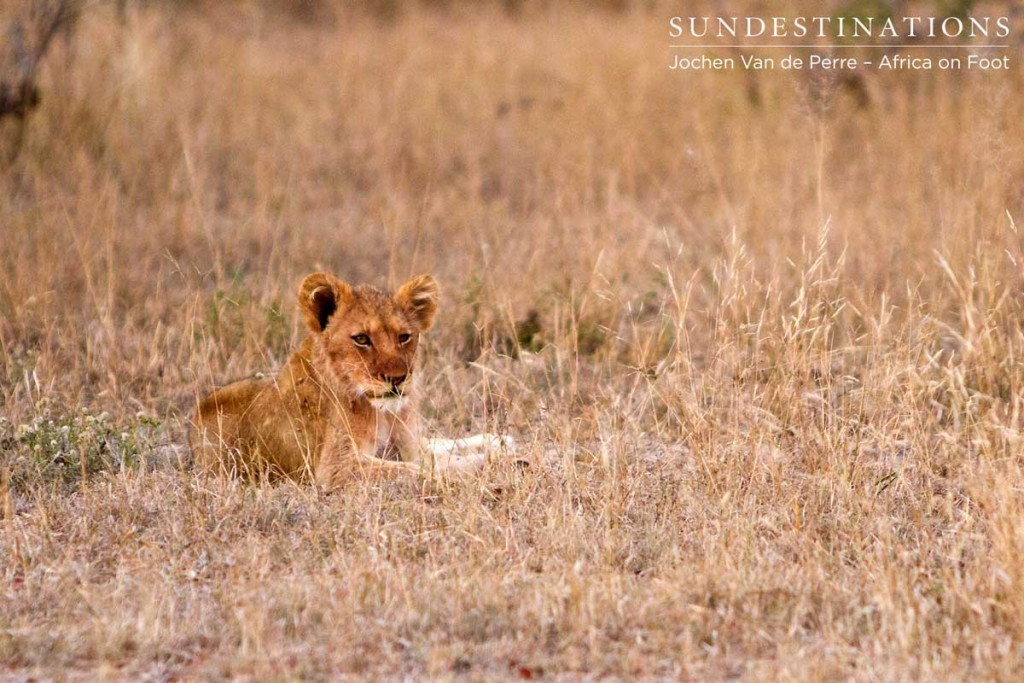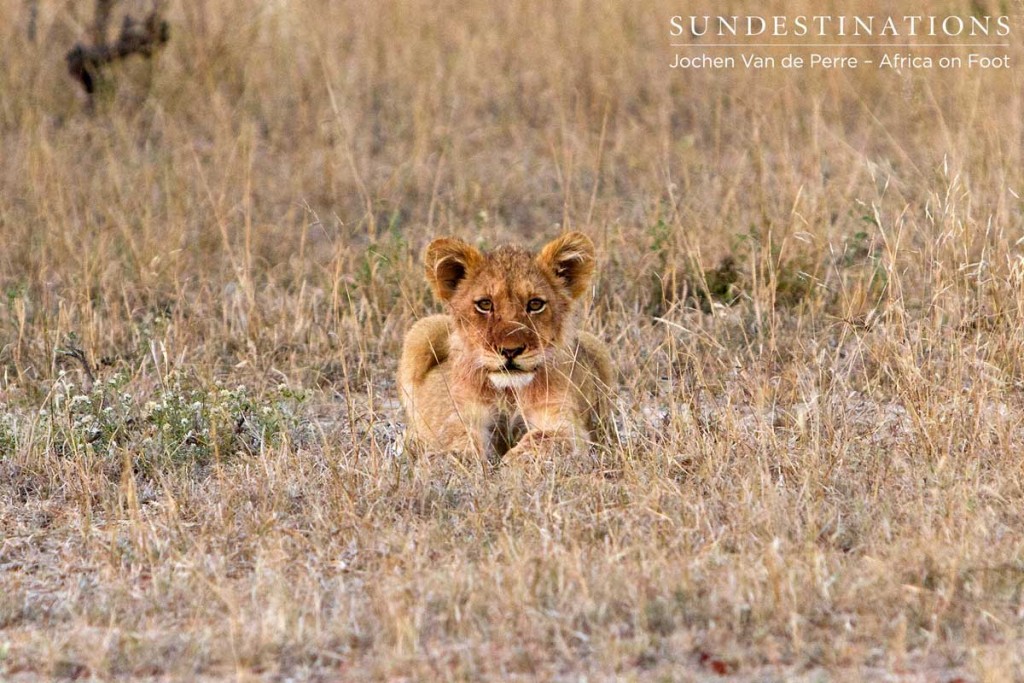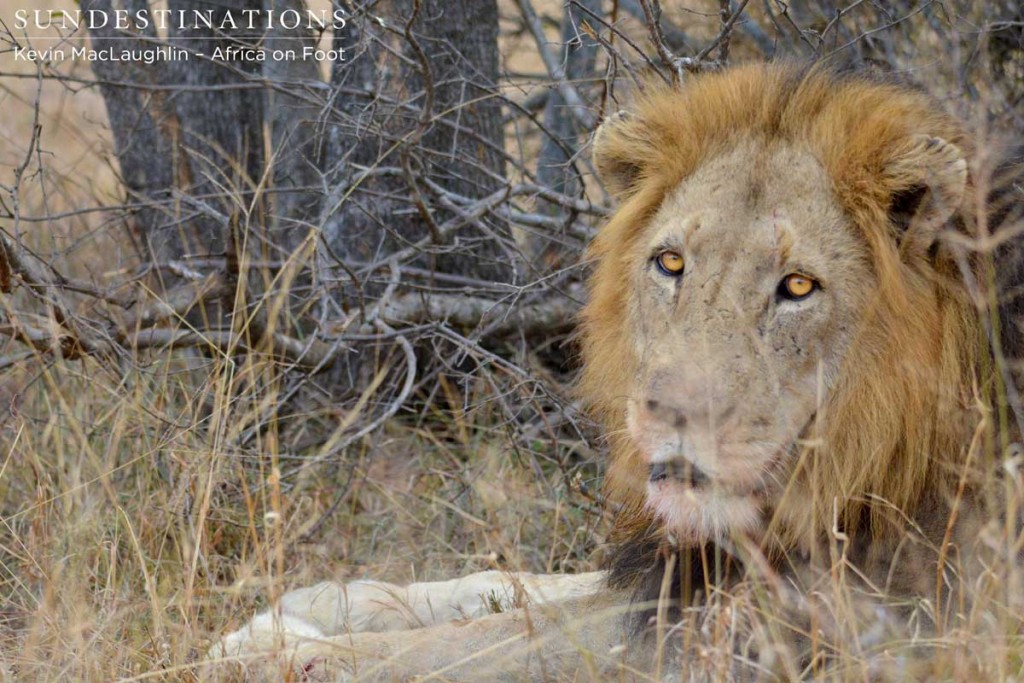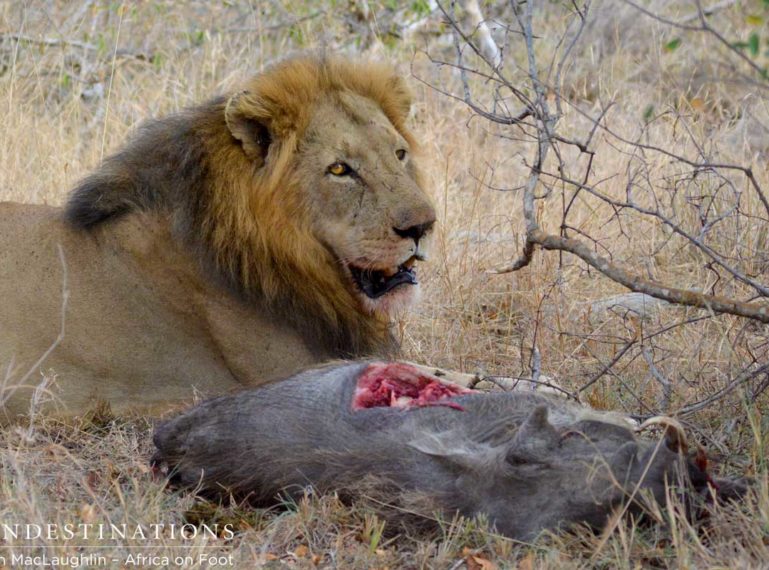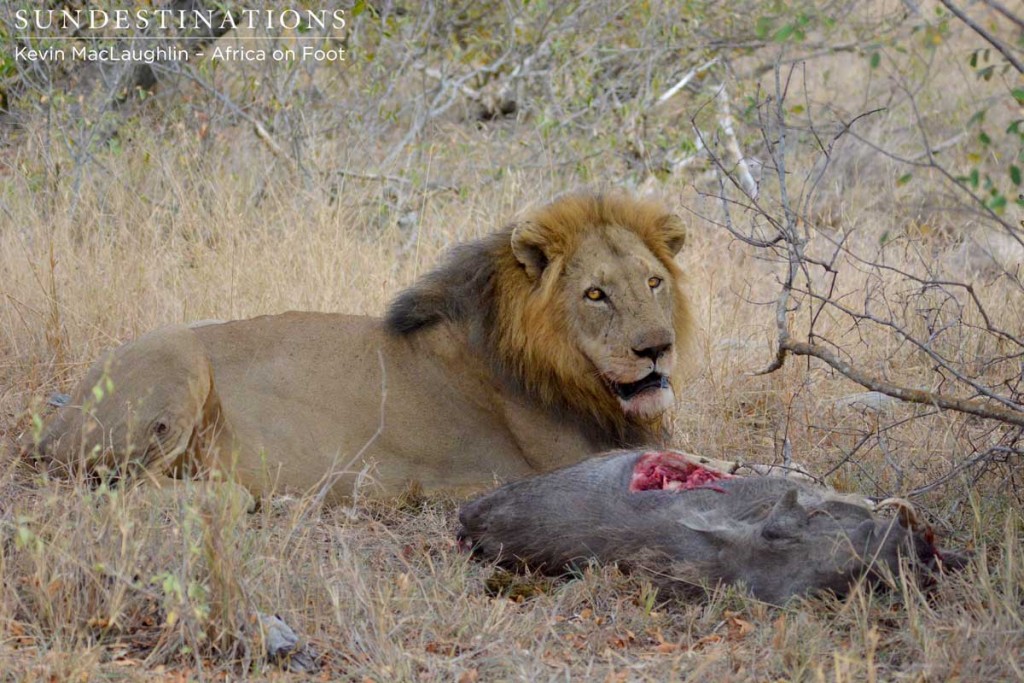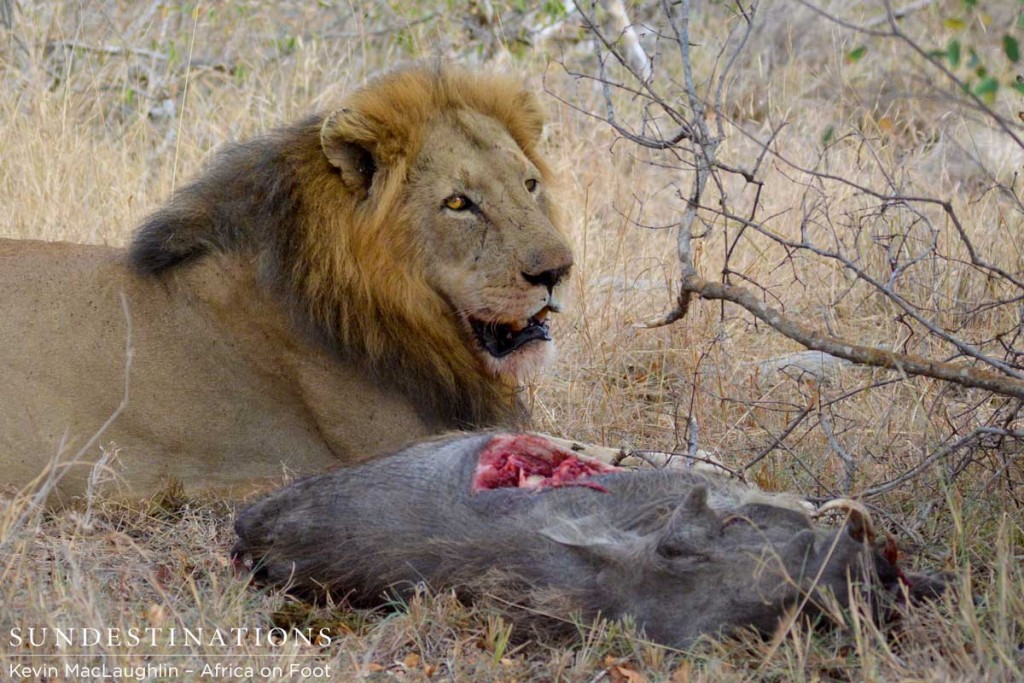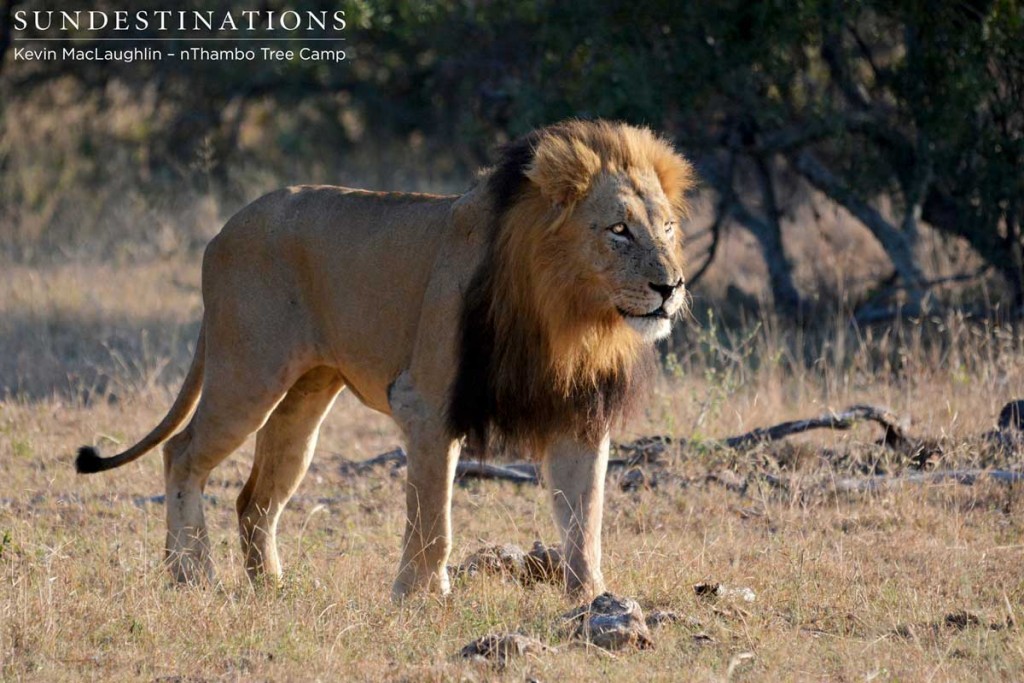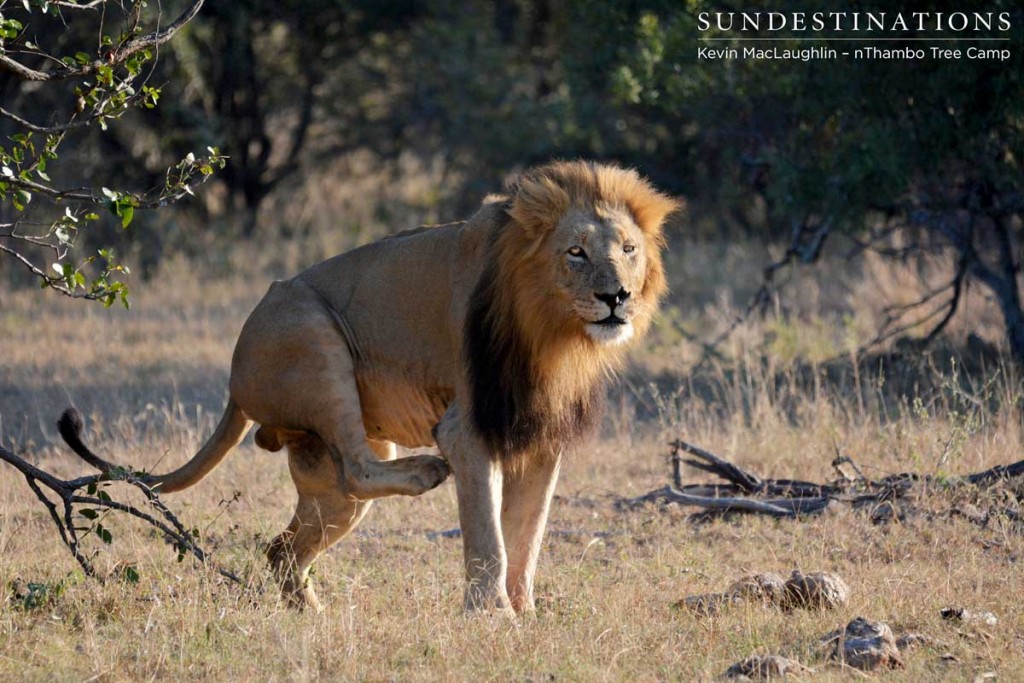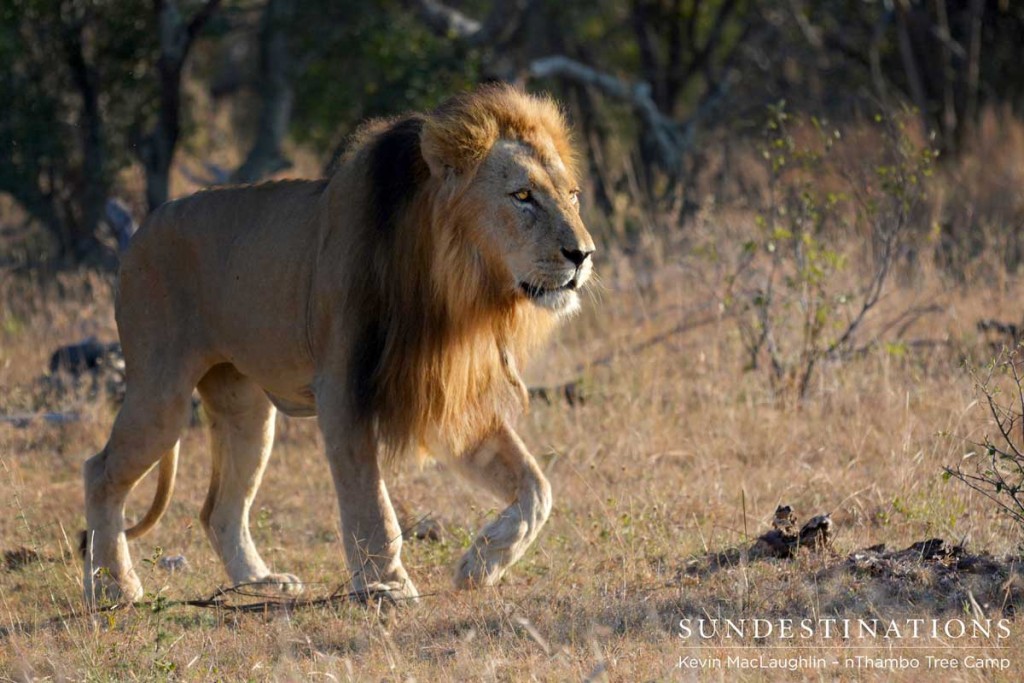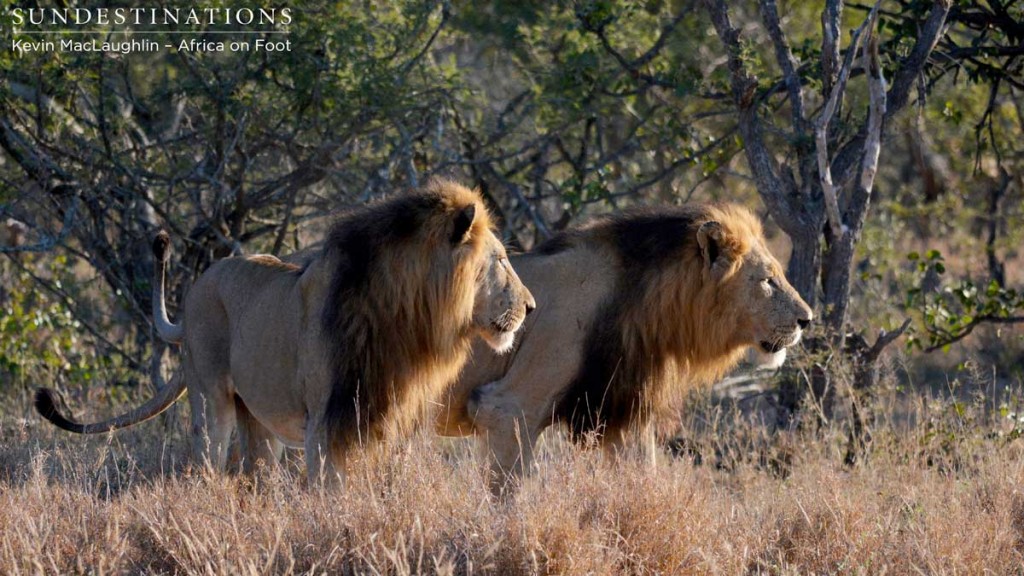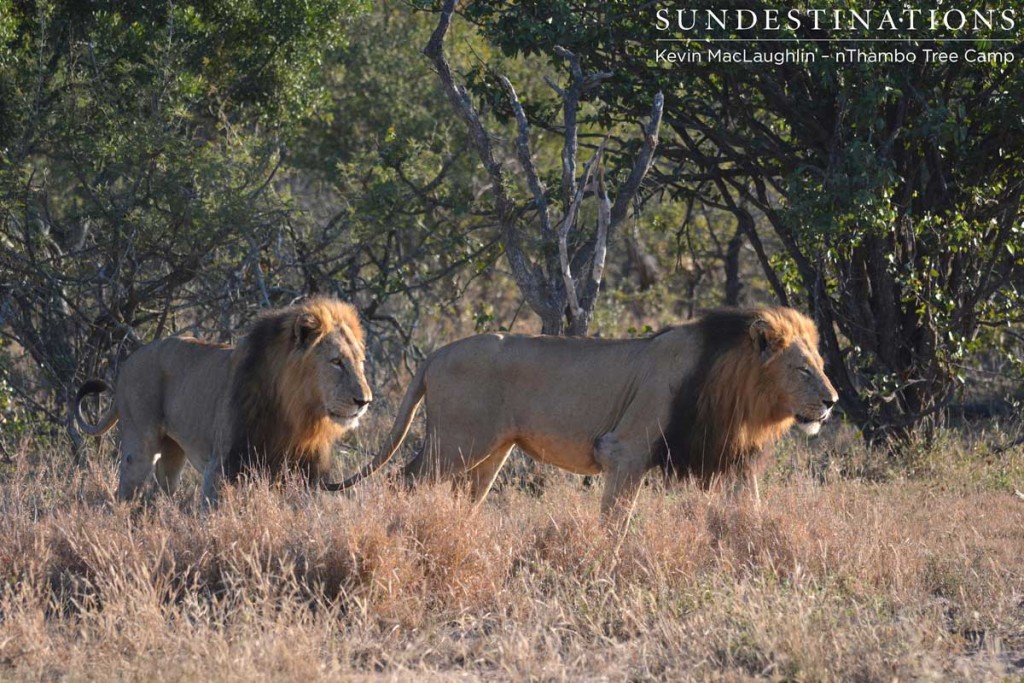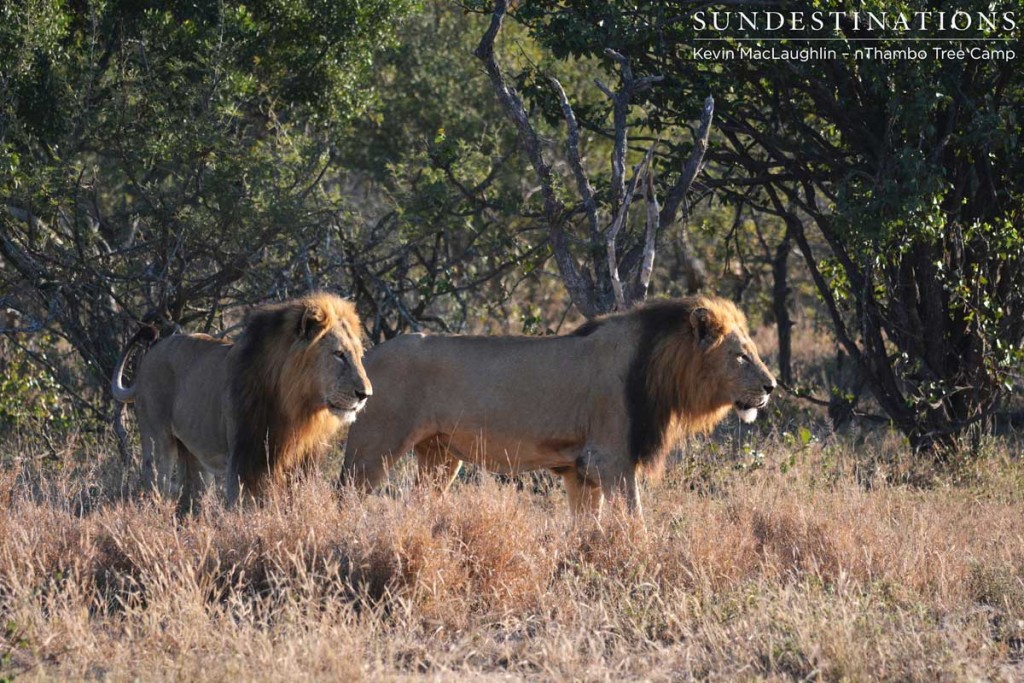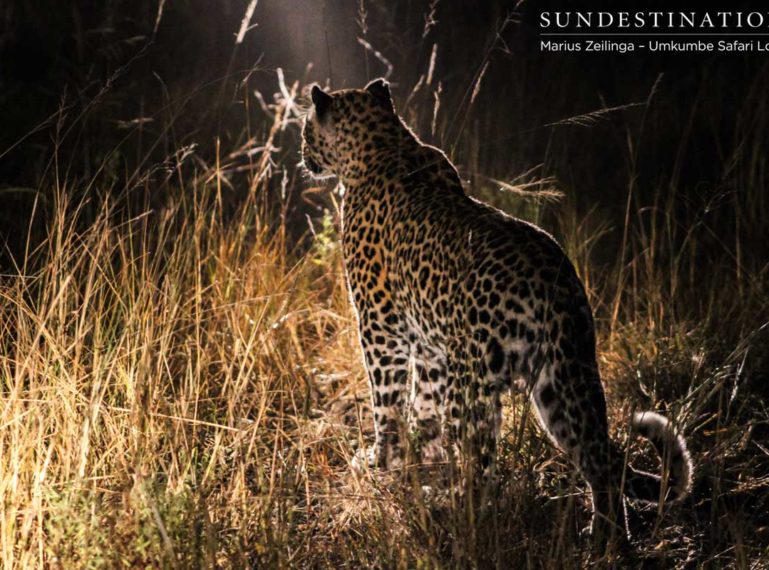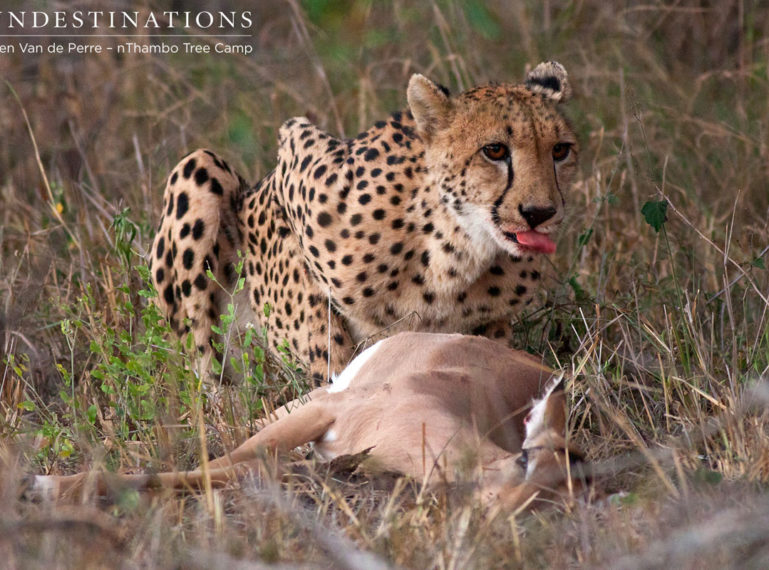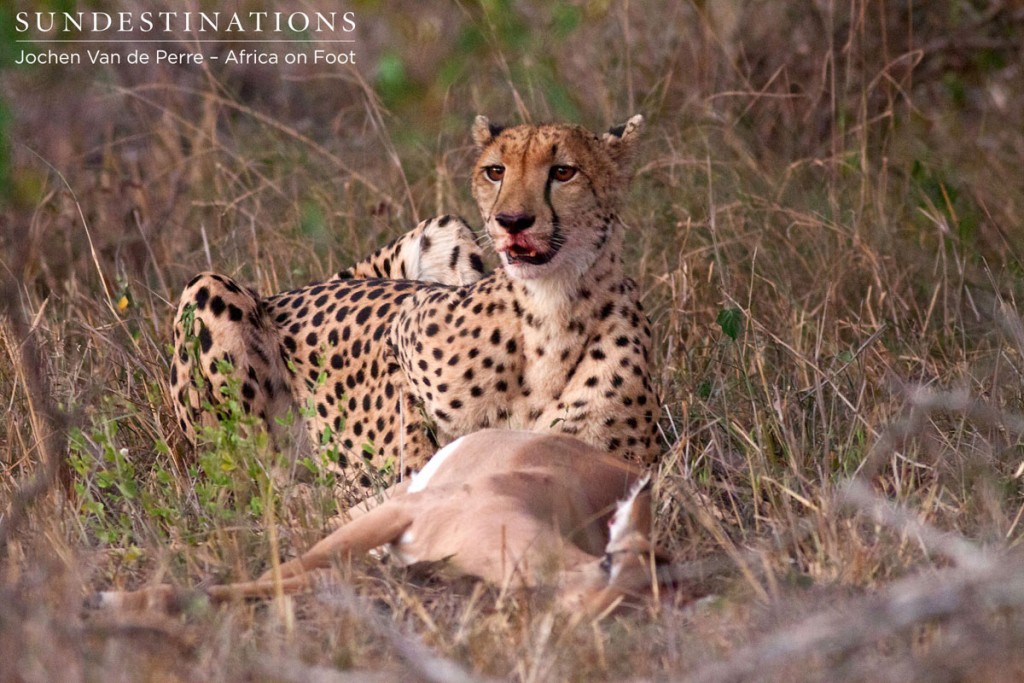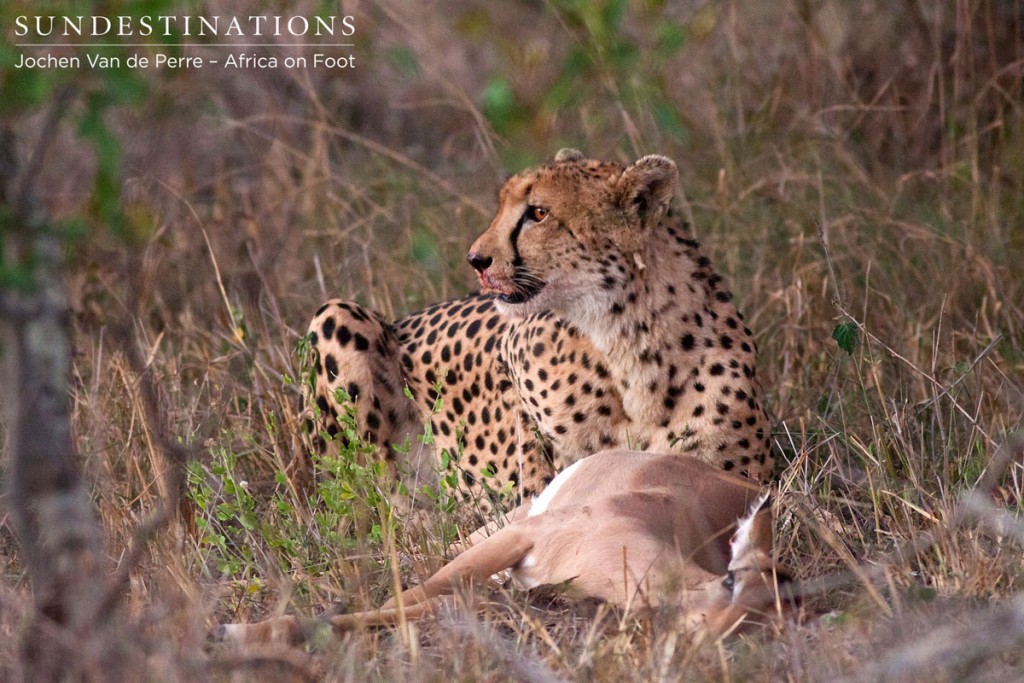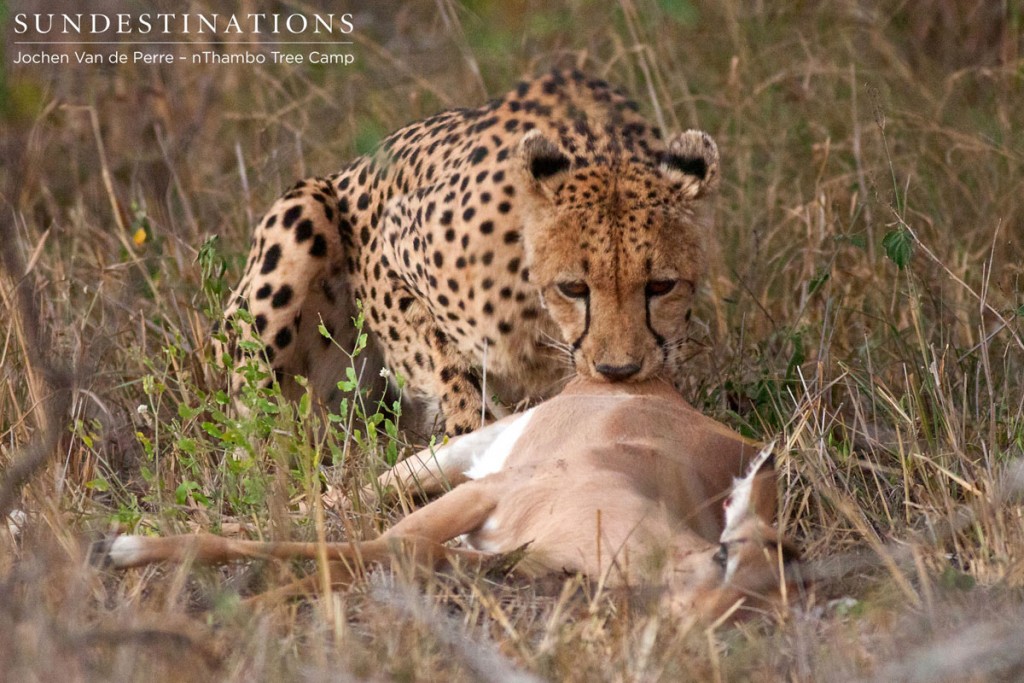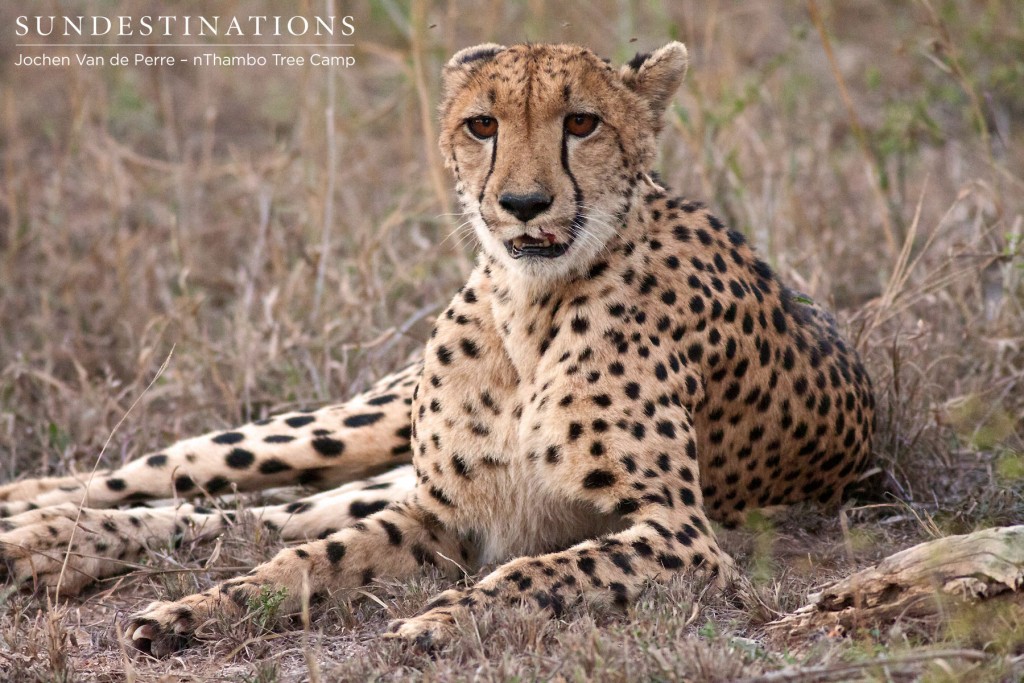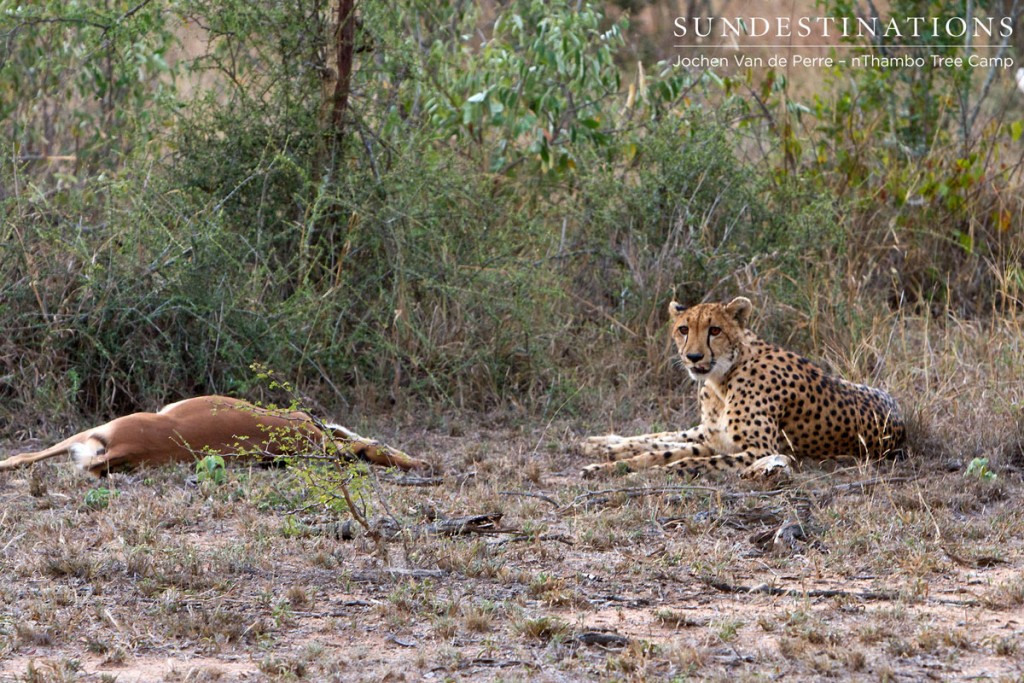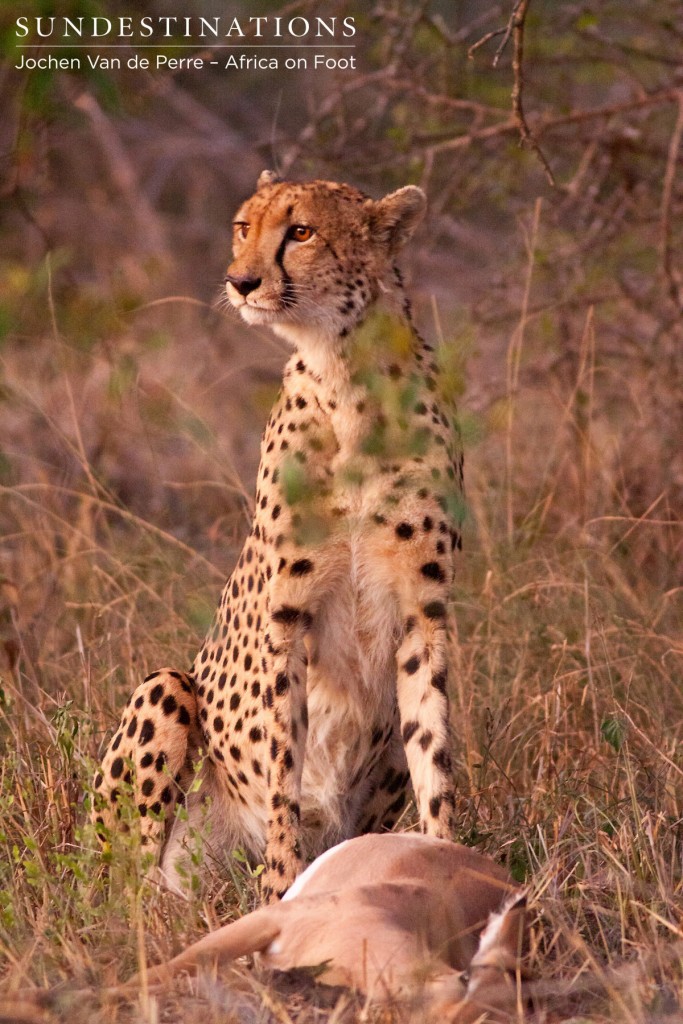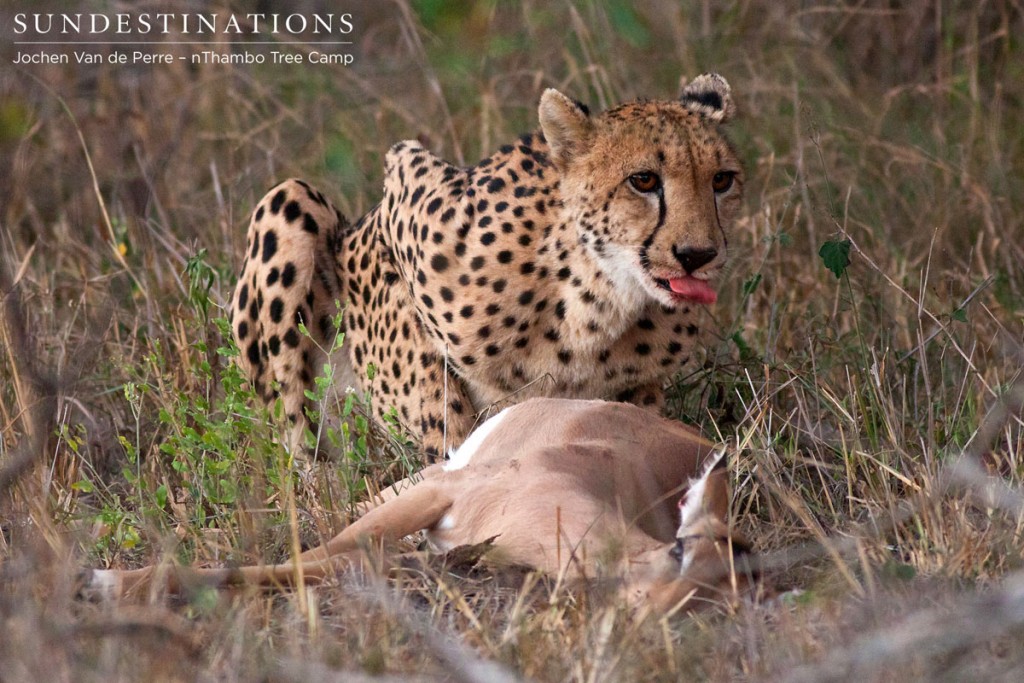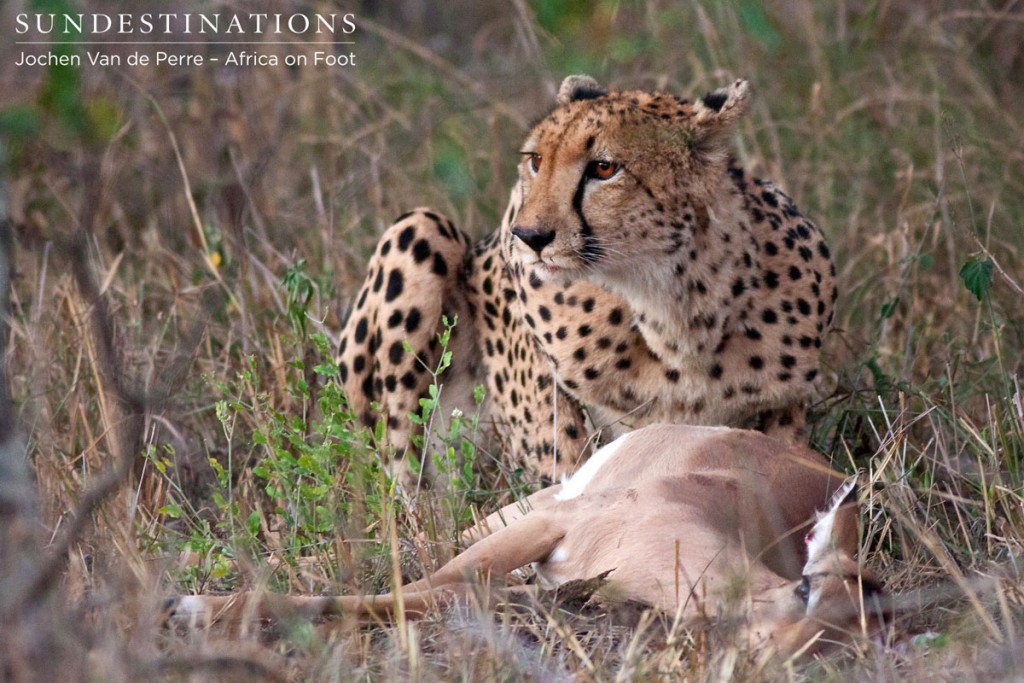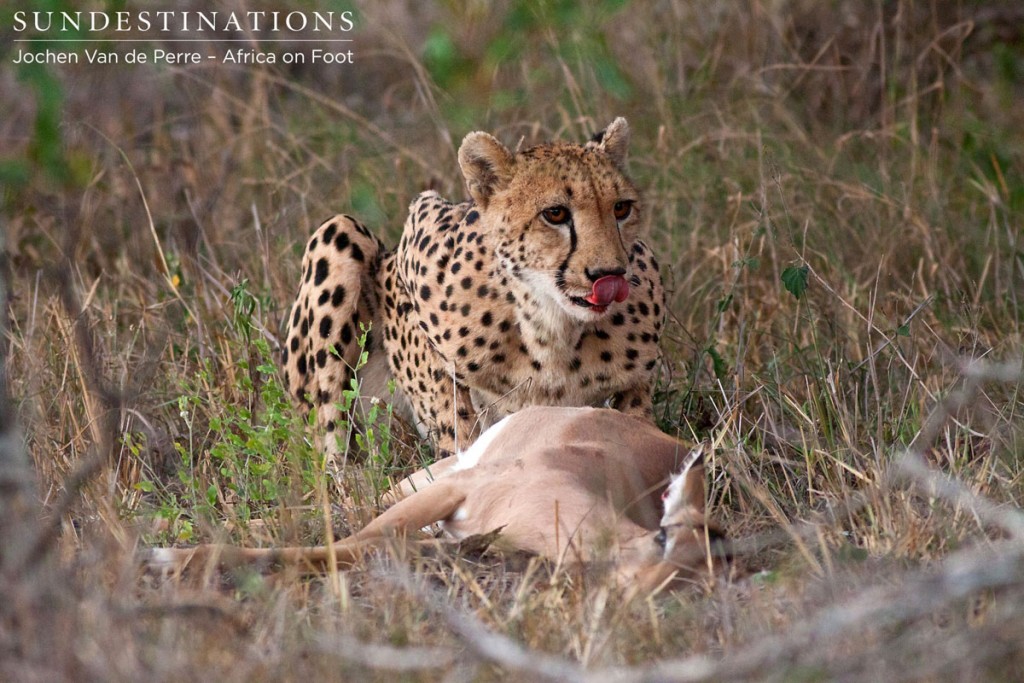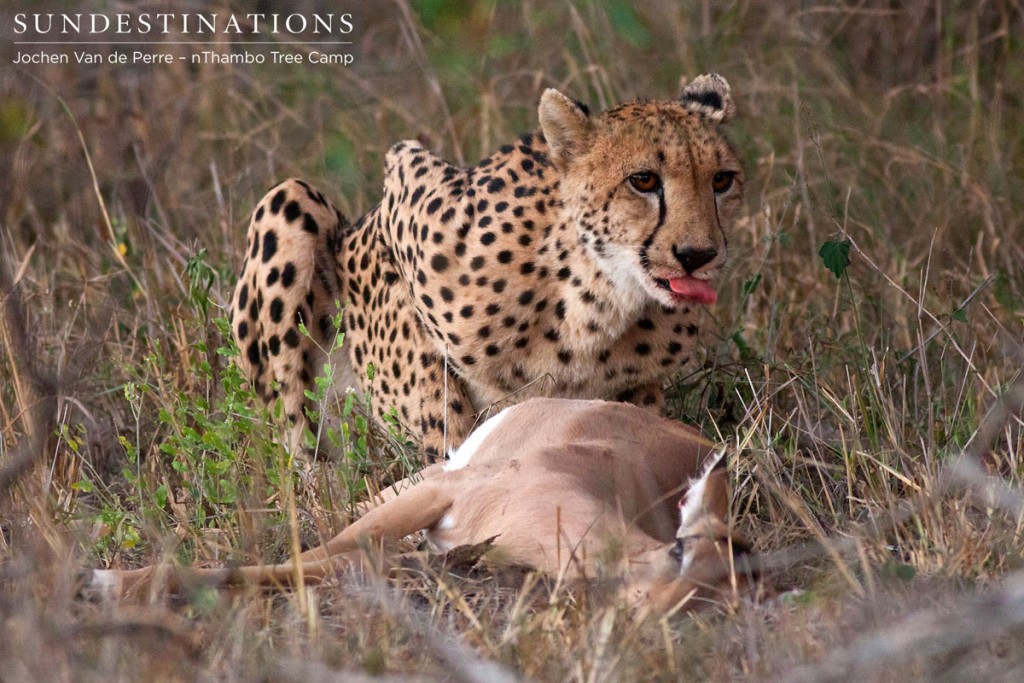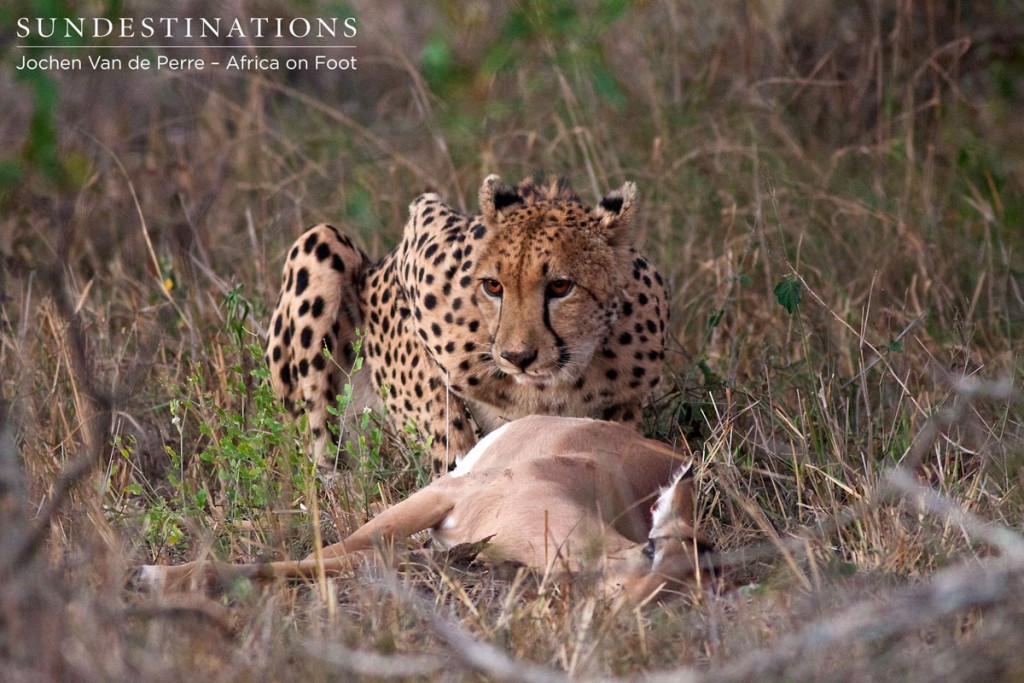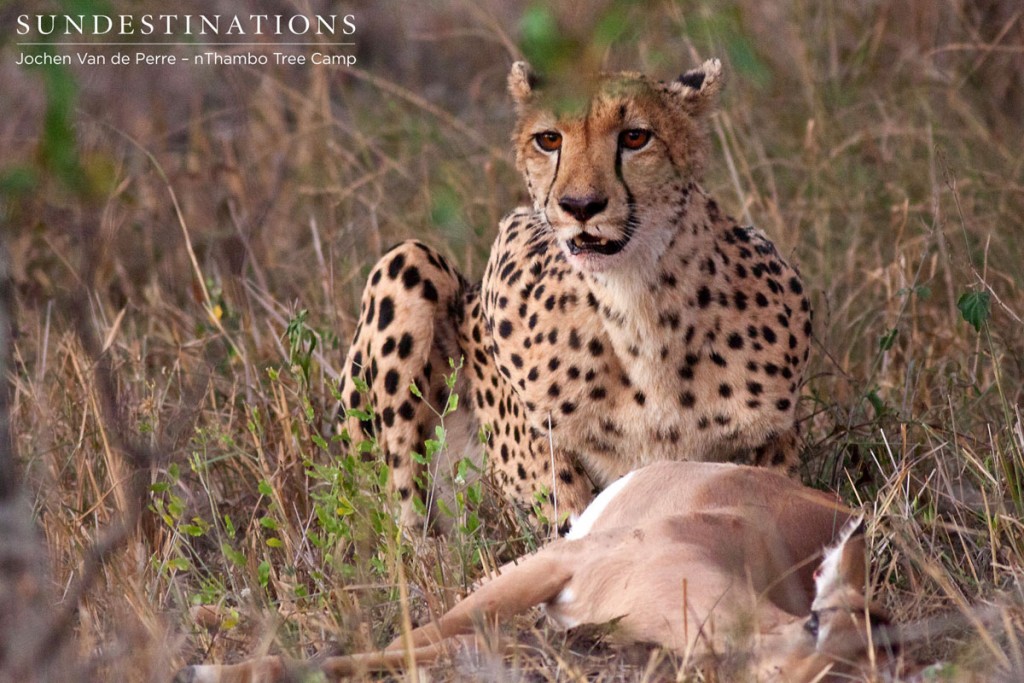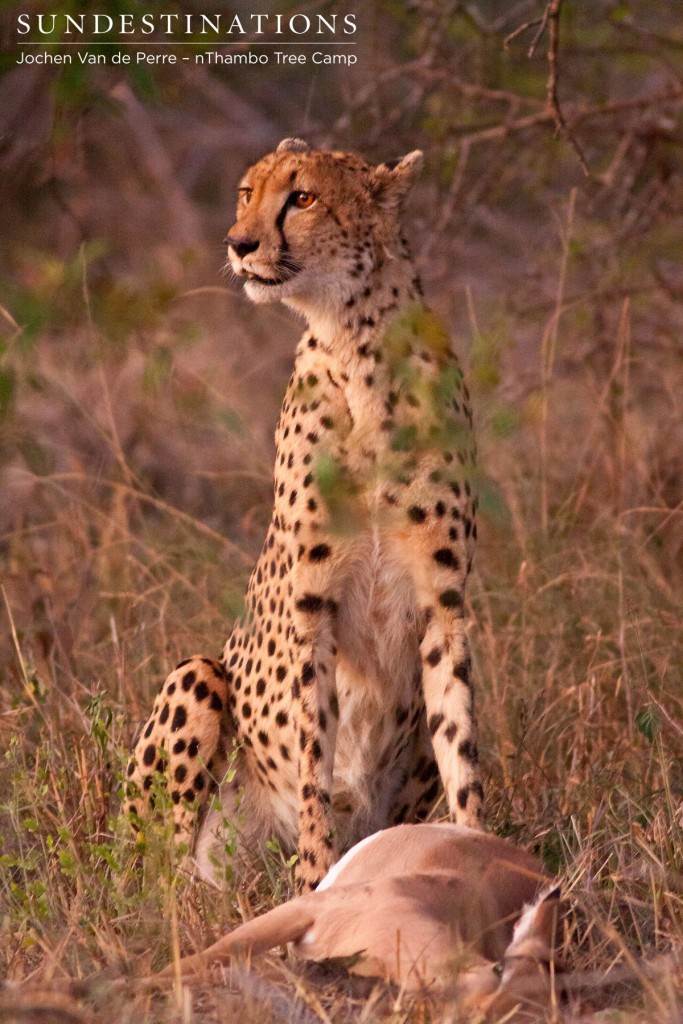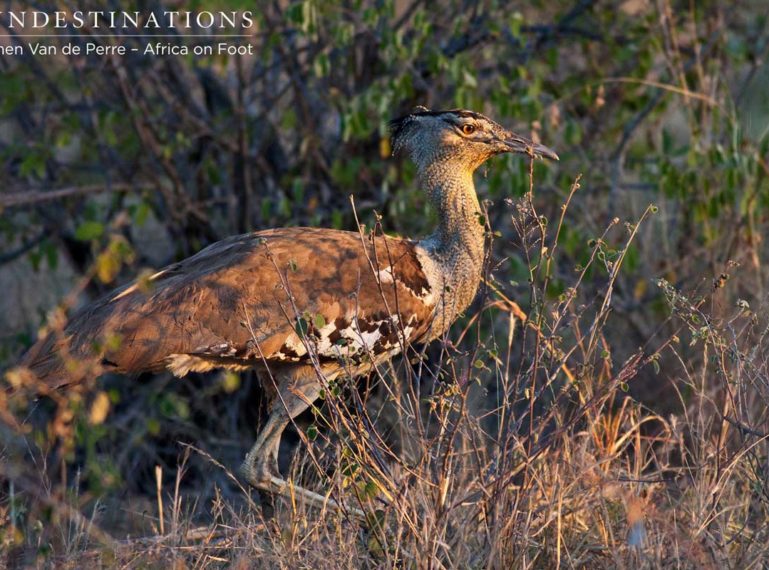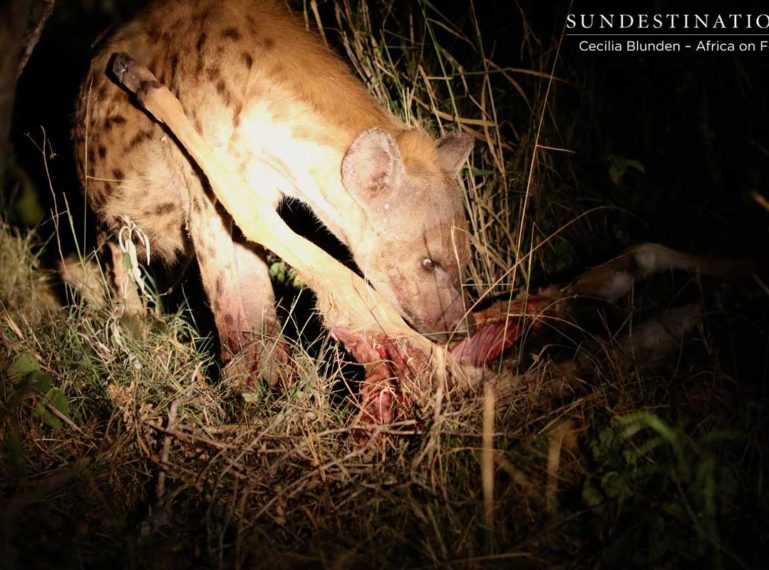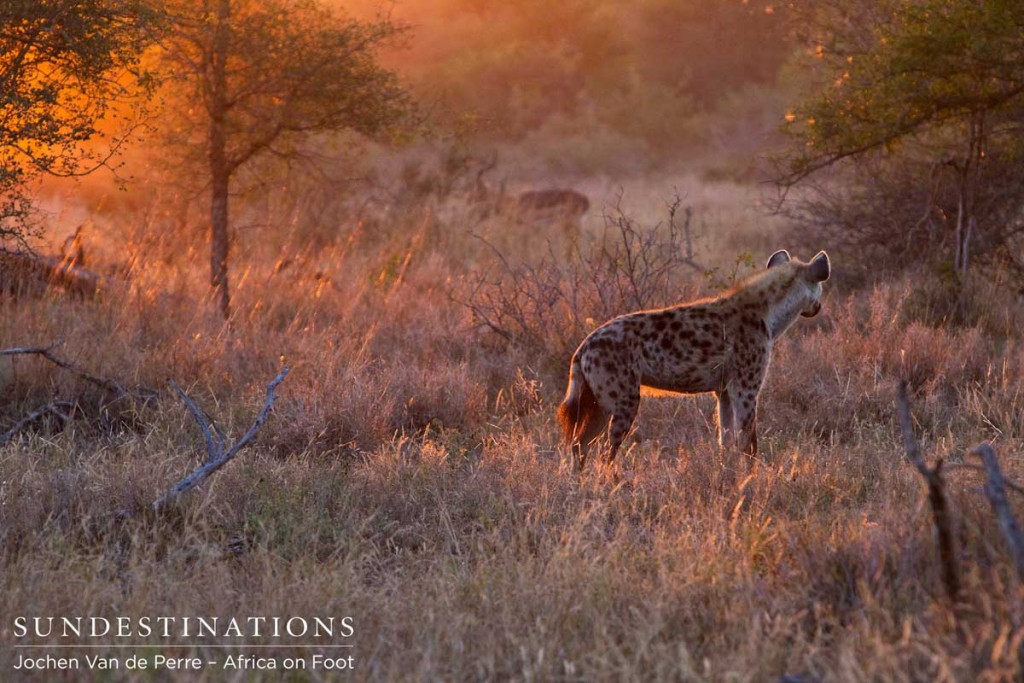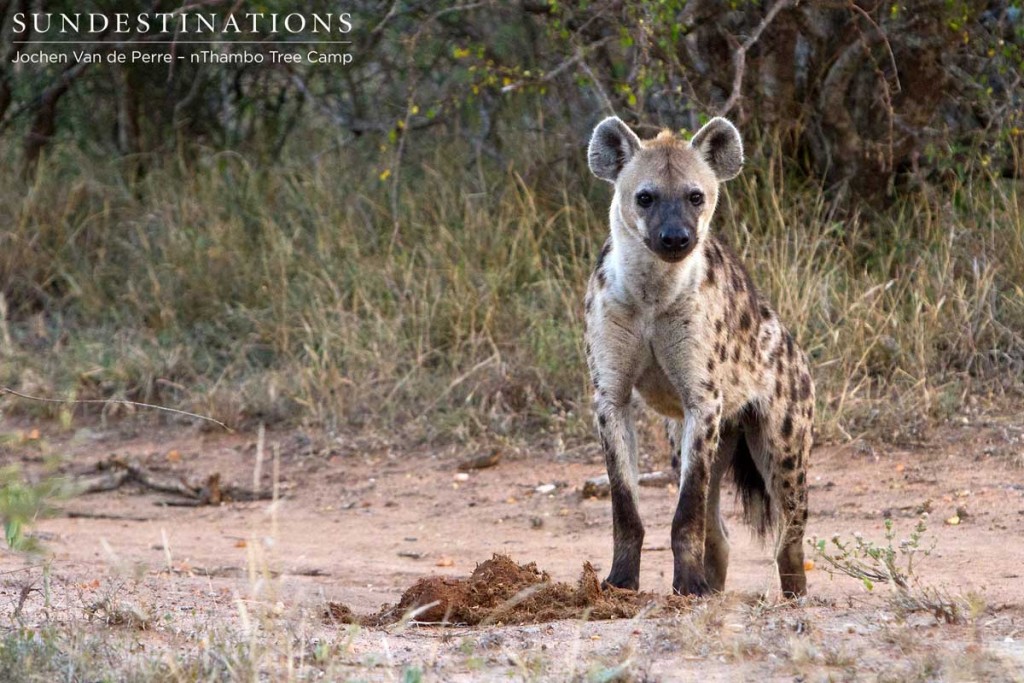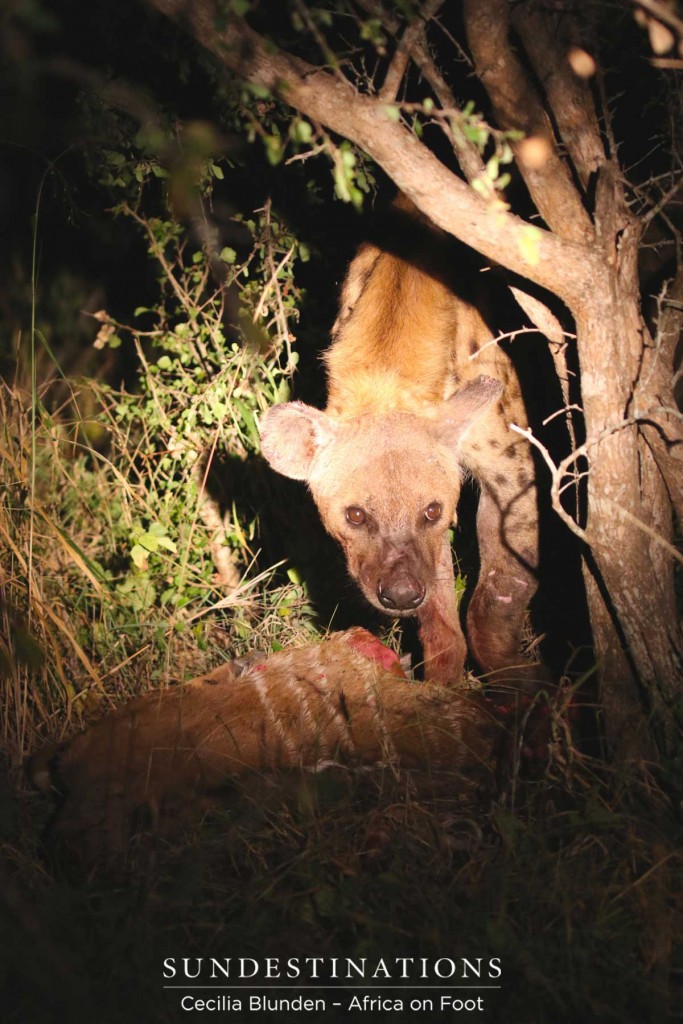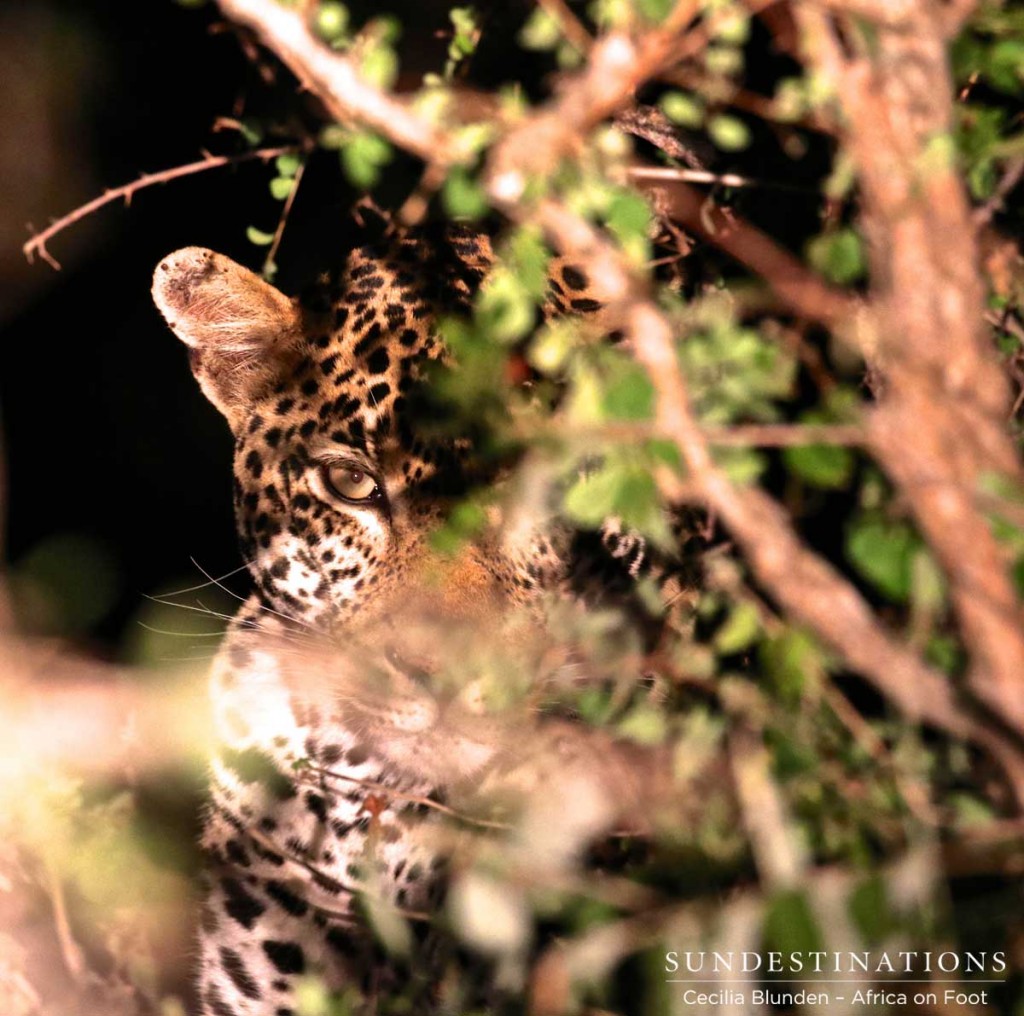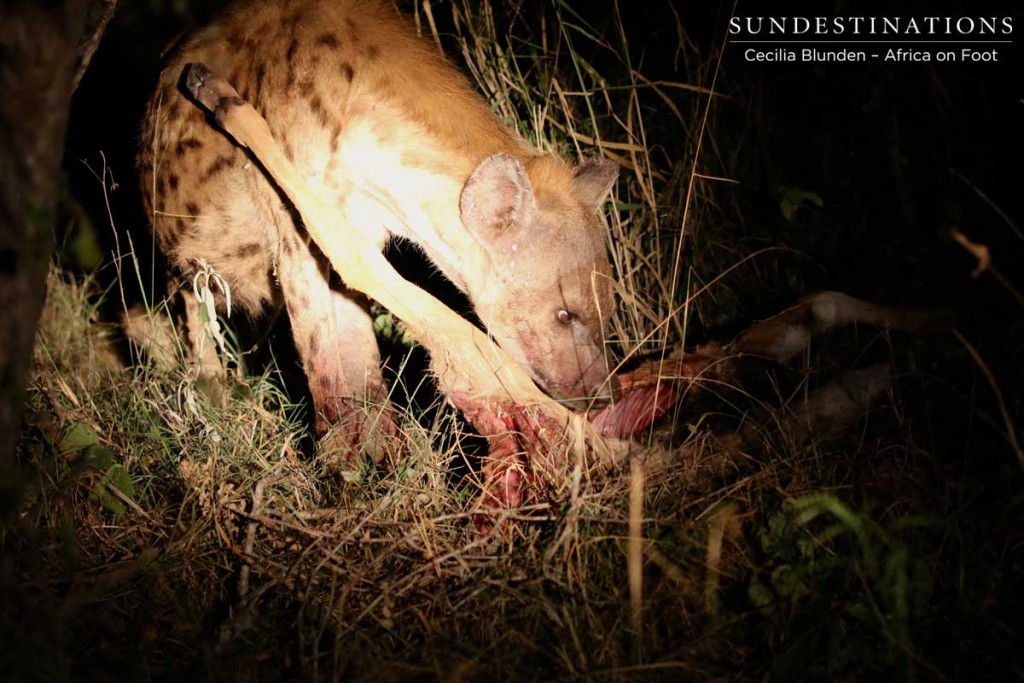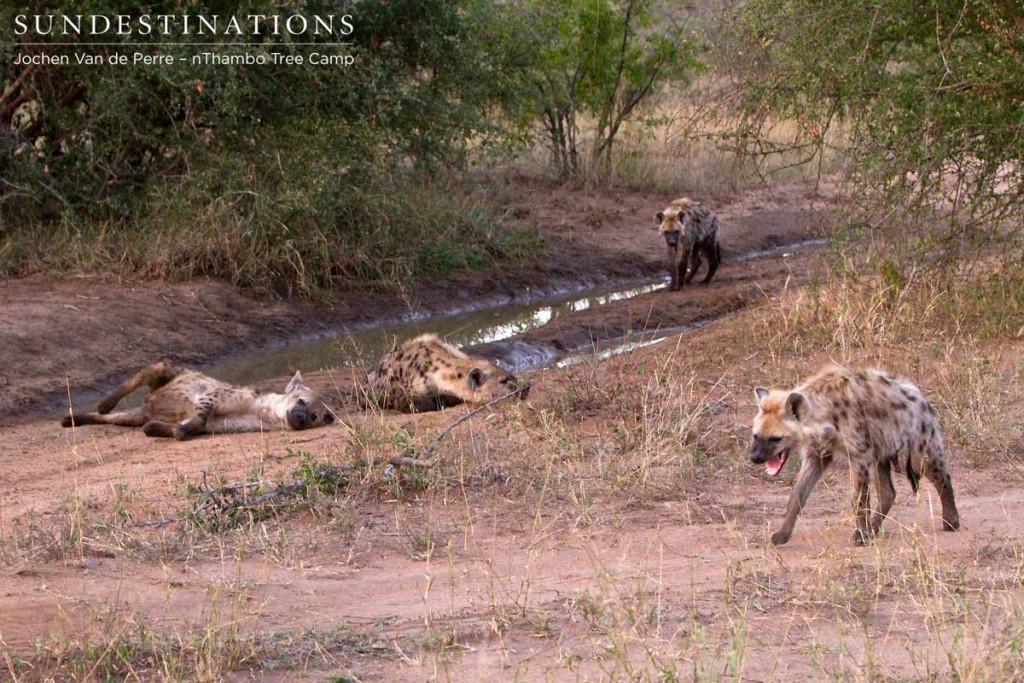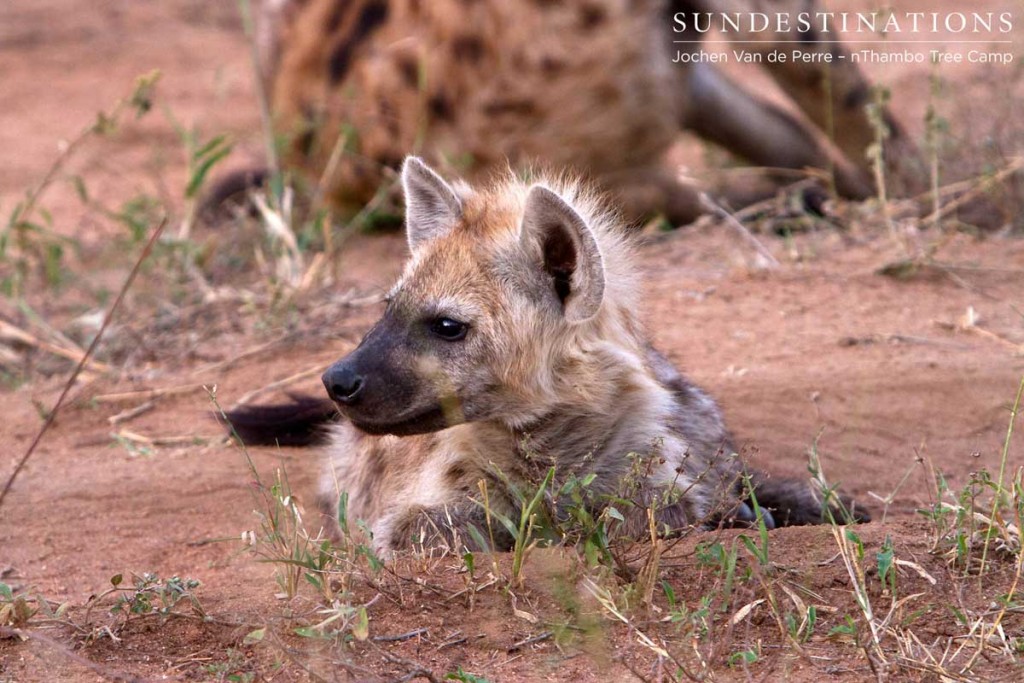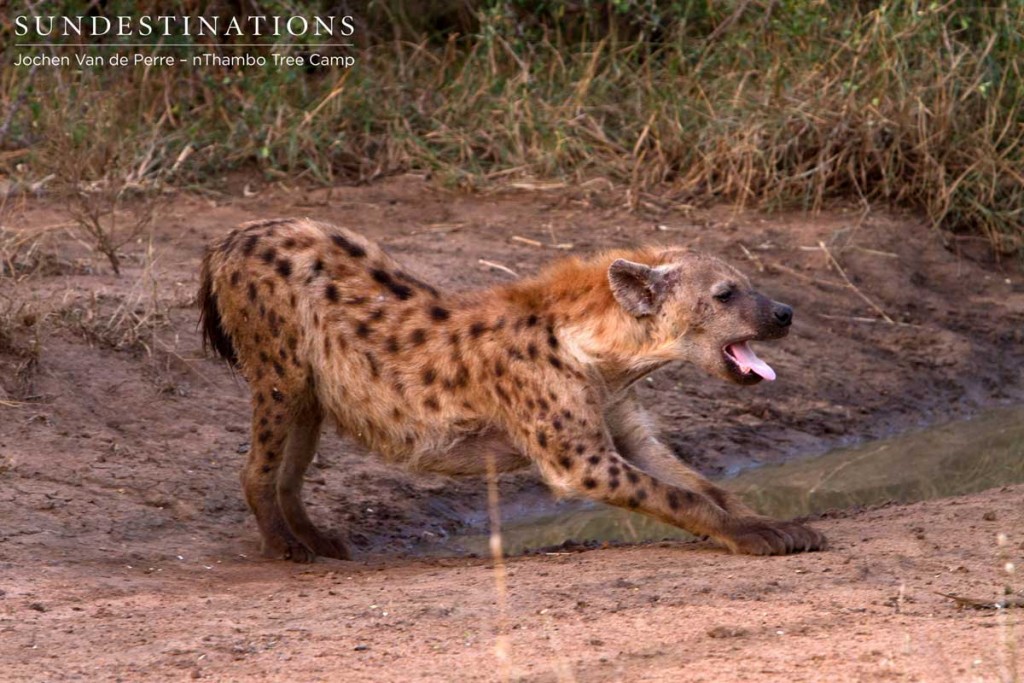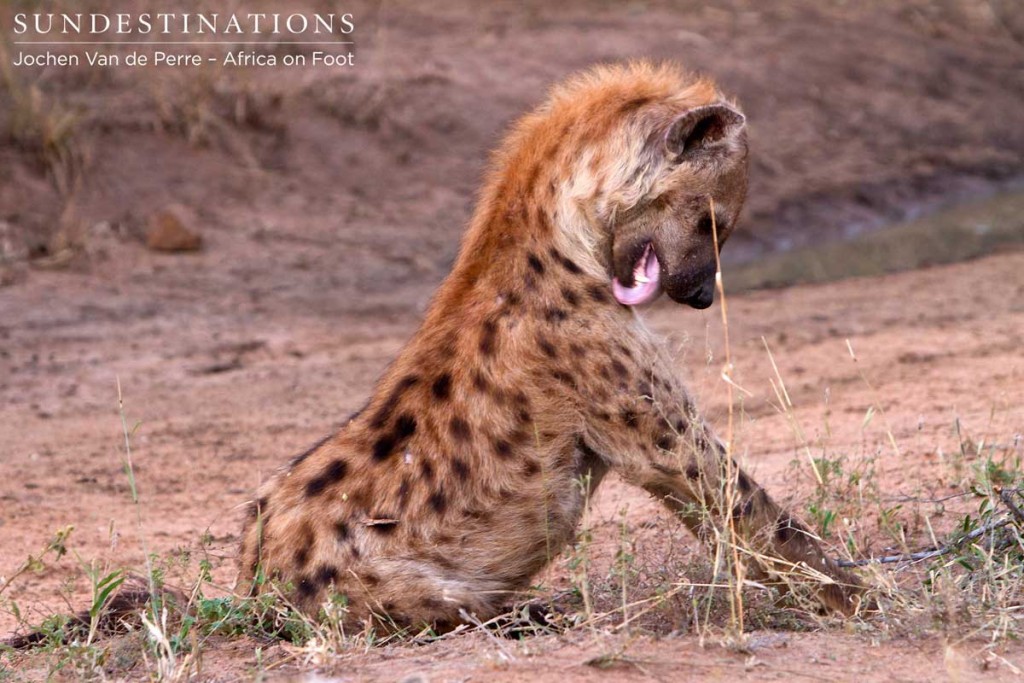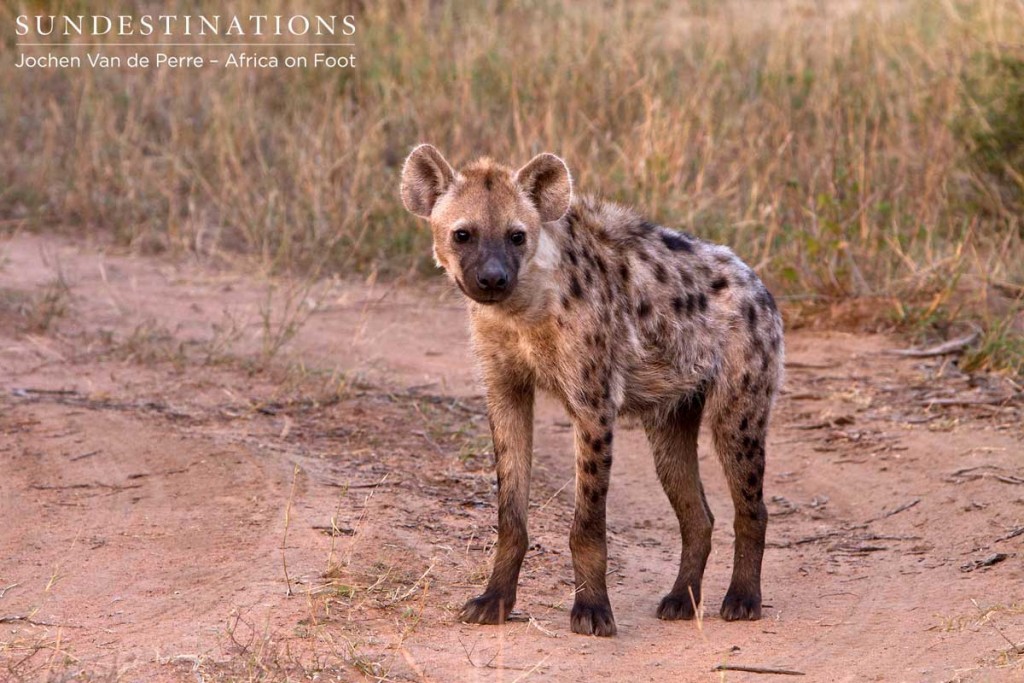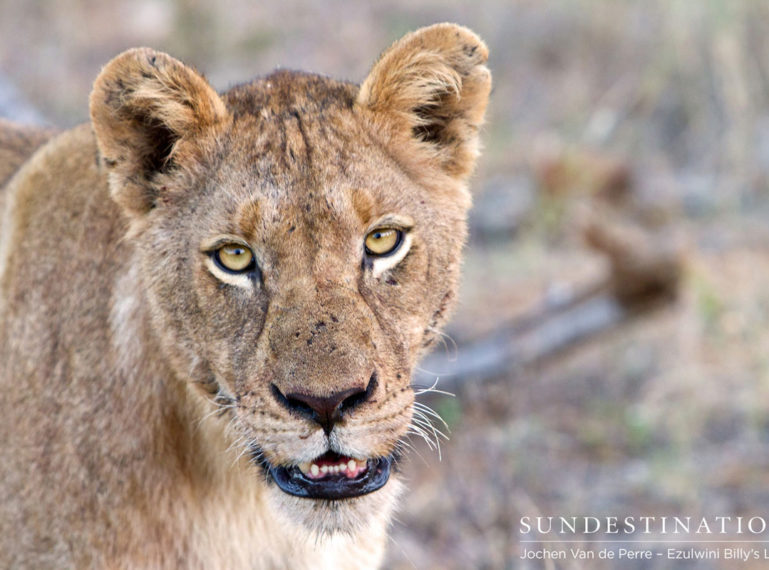
Buffalo Mauled to Death by 6 Young Lions
The Balule Nature Reserve was the scene of an epic showdown between 6 sub-adult lions and a buffalo. The buffalo met an untimely fate, but these majestic panthera leo’s made sure starvation was kept at bay when they feasted on the kill. These 6 youngsters are endowed with the confidence of youth and the prowess of an adult lion. It’s the survival of the fittest out on the battlefield. And this time, the fearless kings of the food chain came out tops.
So who are these 6 youngsters? We speculate that they are a small group of lions who broke away from the Olifants West pride. It is undetermined as to how mnay youngsters there are but the numbers appear to be roughly 6. We have decided to refer to them as the “River pride” in the hopes that they reach adulthood and thus develop into a fully-functioning pride in their own right. They tend to traverse the area close to the river near Ezulwini’s River Lodge, so it’s logical to name the burgeoning pride after the area where they are often seen.
The Olifants West pride was a mega-pride comprising 24 members. As the sub-adults mature and the pride dynamics shift, we often notice groups which breakaway from the pride. The lion pride dynamics of the Balule is akin to watching “Days of our lives”. It’s complex, there’s drama and it’s constantly evolving!
We were lucky to see success with this buffalo kill and co-operative hunting taking place. A lion’s hunting tactics are interesting – they are masterful hunters. Initiated by one single lion looking at the prey, it signifies to the rest of the hunters to look in the same direction. It’s subliminal communication at its finest. Interestingly enough, young lions do have a sketchy set of tactics which are more finely tuned the older they get. Their skills are similar to positions on a football field, where stalking roles are divided into left, centre and right wing positions. They actually have a preferance for a particular role and when in that position it increases the groups success rate of a kill.
We’re not sure which one of these bolshie youngsters initiated the kill, and if they have finely tuned their craft of hunting or if this was pure luck. Hopefully this group of youngsters with their dappled-leg swag will see maturity, continue to hunt and become a strong pride.













